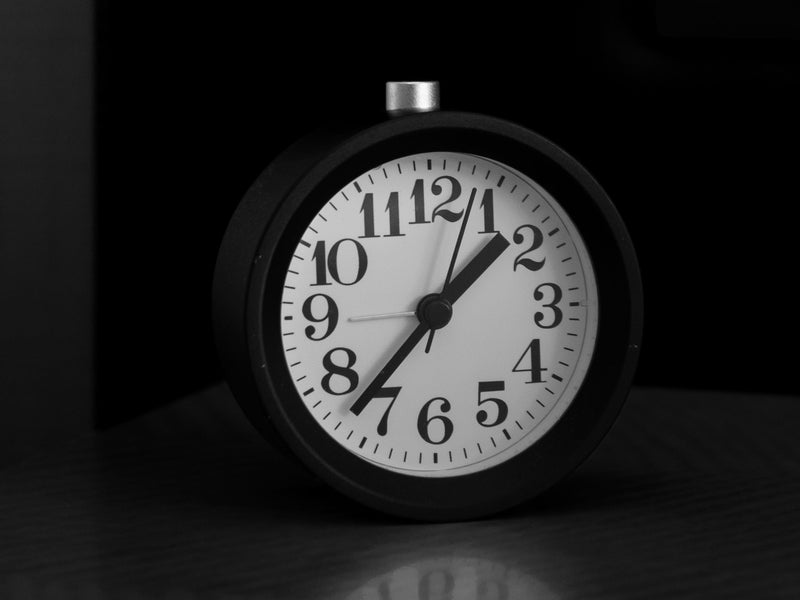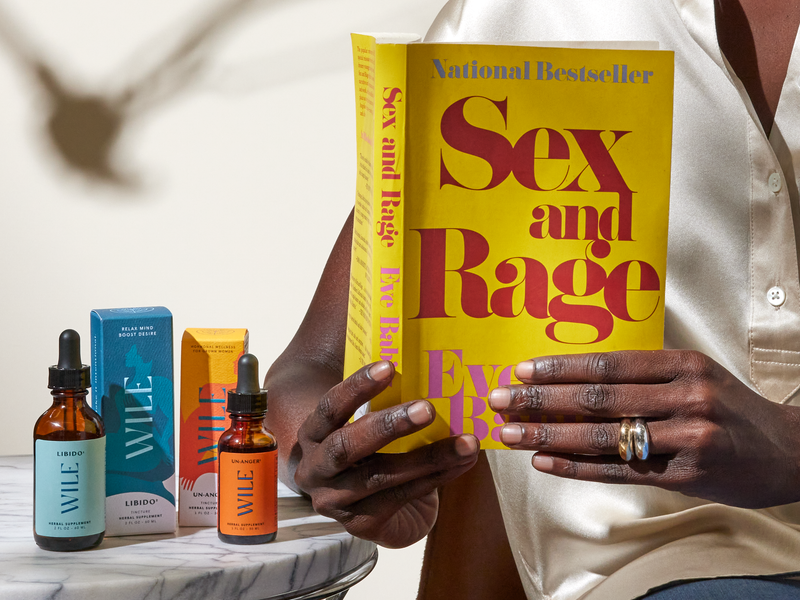We asked a dermatologist and an innovator in hormonal skin care, Dr. Zenovia, about how and why this happens and what to do about perimenopausal breakouts.
1. How do perimenopausal estrogen shifts contribute to breakouts?
A: Perimenopausal Acne develops in women for much the same reasons that it begins in puberty. The changes and imbalances in hormone levels during this stage of life impact our skin's natural defenses and trigger acne. During perimenopause, your hormone estrogen levels start to drop, so you have less estrogen compared with your male hormones (androgens) than you did before.
2. Is it as linked to PMS/periods as earlier in our lives, or are the effects less predictable?
A: The onset of hormonal acne is caused by influxes of hormones; these hormone influxes are common during menstruation.
3. Are there other contributors to perimenopausal acne?
A: Hormonal changes, stress, and genetics contribute significantly to perimenopausal acne. As estrogen declines in midlife, a cascade of skin function decline takes place. Some of the declines result in a reduction in the skin’s ability to ward off acne; this can begin during perimenopause and after menopause.
4. How common is perimenopausal acne?
A: 80% of women suffer from health issues due to hormonal imbalance.
It’s estimated that 50 percent of women ages 20 to 29 have acne. It affects about 25 percent of women ages 40 to 49.
5. Do these breakouts show up in specific places on the face, or have any other markers that can help us identify a breakout as hormonal?
A: Hormonal adult acne typically forms on the lower part of your face. This includes the bottom of your cheeks and around the jawline. Some visible signs of hormonal acne take the form of blackheads, whiteheads, and small pimples that come to a head or cysts.
6. How do perimenopausal hormonal shifts contribute to “aging” skin?
A: A decrease in estrogen production as we age causes hormonal imbalances that can lead to accelerated signs of aging, including fine lines, wrinkles, and uneven skin tone.
7. Is there anything else we should do differently to fight breakouts at this life stage vs earlier in our lives?
Effectively fighting the onset of adult acne requires identifying and eliminating the underlying cause- controlling stress, getting proper sleep, maintaining a balanced, nutrient-rich diet, and maintaining a good skincare routine. The Dr. Zenovia Skin Care Clear Complexion Collection is a complete acne complexion-correcting line of scientifically formulated products to deliver immediate and long-term benefits in fighting acne.
8. How does Genistein (and phytoestrogens) work topically with skin?
A.When topically applied daily, Genistein has demonstrated improvement of the visible signs of aging that naturally occur or accelerate during menopause. Genistein is a naturally occurring plant ingredient that belongs to a group of compounds known as isoflavones. Isoflavones are sources of phytoestrogens, also known as plant estrogens; they connect with receptor sites on the skin's surface, helping it look and feel younger when topically applied daily.
This article is intended for informational purposes and is not intended to replace a one-on-one medical consultation with a professional. Wile, Inc researches and shares information and advice from our own research and advisors. We encourage every woman to research, ask questions and speak to a trusted health care professional to make her own best decisions.





